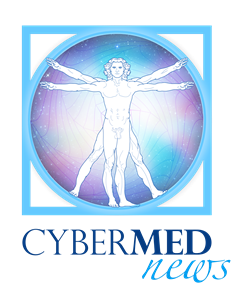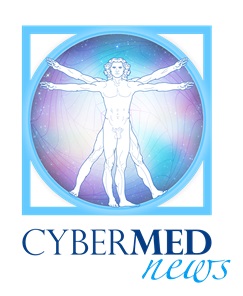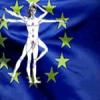 Share on Facebook
Share on Facebook
By Vytenis Andriukaitis, European Commissioner for Health and Food Safety
Elisa from Alessandria in Italy suffers from osteogenesis imperfecta. This rare genetic disease causes brittle bones and affects only one in 15 000 people. Elisa, aged 30, was diagnosed with the disease as a small child. "I couldn't play like other children" she recalled, "because if I fell, I would break something". A year ago, when ERNs were just about to begin their work, we asked Elisa what she was expecting from them. "More research, for the people, for the children who are being diagnosed, to try and improve their quality of life" she said.
As a medical doctor, I have too often been witness to tragic stories from patients with rare or complex diseases. Having been diagnosed young, Elisa is luckier than most. Many patients are left in the dark for years, unable to find an accurate diagnosis let alone appropriate treatment. It is also a frustrating situation for doctors, who want the best possible results for their patients.
Such is the nature of rare and complex diseases, that specialist knowledge is scarce and fragmented, and therefore often unavailable in the patient’s region or country. But this same feature makes work on rare diseases an area of enormous EU-added value: using the EU's great pool of knowledge and expertise, by connecting our assets through ERNs can bring concrete benefits to many thousands of patients.
One year on from their launch, these ERNs are treating more than 50 patients with rare diseases. Patients like Iveta, a 27 year old University student from Kaunas (*). For nearly a decade, Iveta has been dealing with a rare urinary condition that causes inflammation and frequent infections. She often misses lectures because of the pain. Her doctors have tried several medicines, but to no avail. They believe that surgery is the only way forward. Her condition is not only rare, but the surgery that could alleviate Iveta's pain and improve her quality of life is difficult. Through the ERNs her urologist has received input from several highly specialised urology units across Europe on the most efficient surgery techniques with the lowest risk of complications, and is now ready to operate. For Iveta the surgery could mark a big change, allowing her to enjoy university life and look forward to a pain-free future.
Under this initiative, the first contact for a patient with a rare disease or undiagnosed symptoms is his or her own healthcare provider, who if the patient consents, can seek the advice of a member of an ERN. To review a patient’s diagnosis and treatment, medical specialists across different disciplines and from all over the EU consult one another, exchange information and share knowledge, often by convening cross-border advisory boards – made possible by a special IT platform developed by the Commission, to discuss a patient's file. This way, it is the medical knowledge that travels, and there is no need for patients to undertake exhausting trips between regions and countries, as was often the case in the past.
Iveta is not the only patient benefitting from the cross-border expertise offered by ERNs. Patients from many other EU countries – including young children - who suffer from very rare neurological disorders, cancers, blood and other disorders, are having their cases reviewed, and some have already received a proper diagnoses and been given advice on treatment.
With Iveta and dozens of other rare diseases patients who now have renewed hope, the ERNs are off to a good start. In the coming year I would expect the ERNs to help hundreds if not thousands of patients, and in the longer term, I hope to see the ERN model extended to other diseases. As we reach a critical mass of patients being analysed, diagnosed and treated, ERNs, will boost research through large clinical studies and contribute to the sustainability of national healthcare systems. I am confident that ERNs will help and improve quality of life for many patients in the EU suffering from rare and/or complex diseases and conditions – children and adults alike.
(*) Identifying details, including the name, age - and in some cases the country, have been changed to respect the patients' privacy.
|
Rare diseases in the EU Rare diseases are those that affect no more than 5 in 10 000 people. Taken together, between 5 000 and 8 000 rare diseases affect the daily lives of around 30 million people in the EU - many of whom are children. Rare and complex diseases can cause chronic health problems and many of them are life-threatening. Examples of rare diseases include:
|



